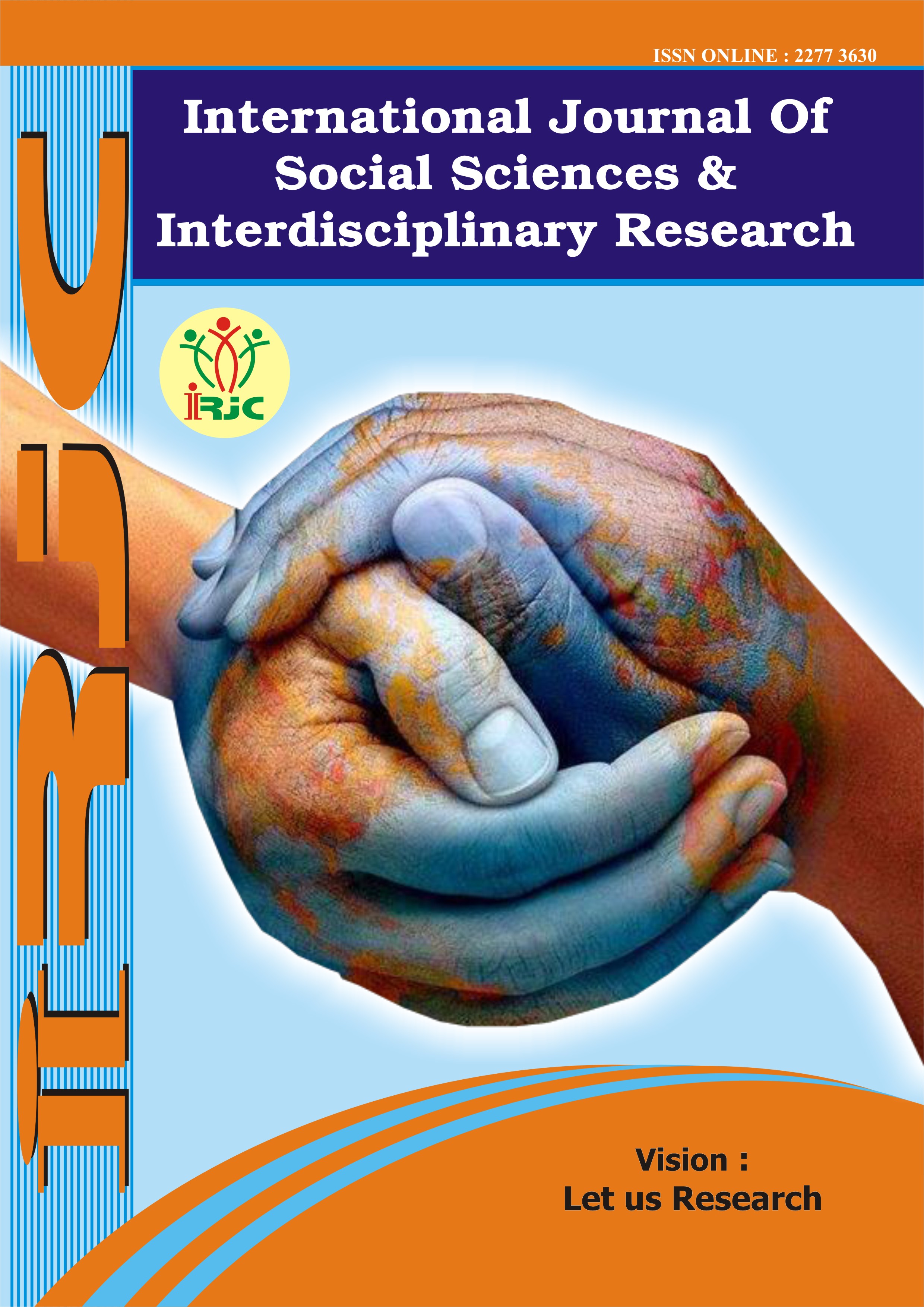Consciousness and applied linguistics theory and practice
Keywords:
consciousness, acquisition, role, attention, awareness, intentionality, controlAbstract
The paper reviews the previous empirical studies on the important role of consciousness in second language acquisition (SLA) through stating the views of different authors, philosophers, scholars. Then, the role of consciousness in terms of concepts such as attention, awareness, intentionality, and control comes up for review. These concepts provide growing support for the view that the role of consciousness is vital for second language learning.
References
Bialystock, E. (1988). 'Psycholinguistic dimensions of second language proficiency' in W. Rutherford and M. Sharwood Smith (eds): Grammar Second Language Teaching. New York: Newbury House, pp. 31 – 50.
Bialystock, E. (1993). 'Symbolic representation and attentional control in pragmatic competence' in G. Kasper and S. Blum – Kulka (eds): Interlanguage pragmatics. New York: Oxford University Press, pp.43 – 57.
Bialystock, E. (1994). Analysis and control in the development of second language proficiency: Studies in Second Language Acquisition, 16: 157 – 68.
Vygotsky (1986). Actual minds, possible words. Cambridge, M. A: Harvard University Press.
Csikszentmihalyi, M. (1990). Flow: The psychology of optimal experience. New York: Harper & Row.
Curran T., & keele., S. W. (1993). Attentional and nonattentional forms of sequence learning. Journal of Experimental Psychology: Learning, Memory, and Cognition, 19, 189 – 202.
Edelman, G. (1989). The remembered present. New York: Basic books.
Ellis, R. (1993a). The structural syllabus and second language acquisition. TESOL Quarterly 27, 91 – 113.
Downloads
Published
How to Cite
Issue
Section
License
Copyright (c) 2022 GEJournals

This work is licensed under a Creative Commons Attribution-NonCommercial-NoDerivatives 4.0 International License.





